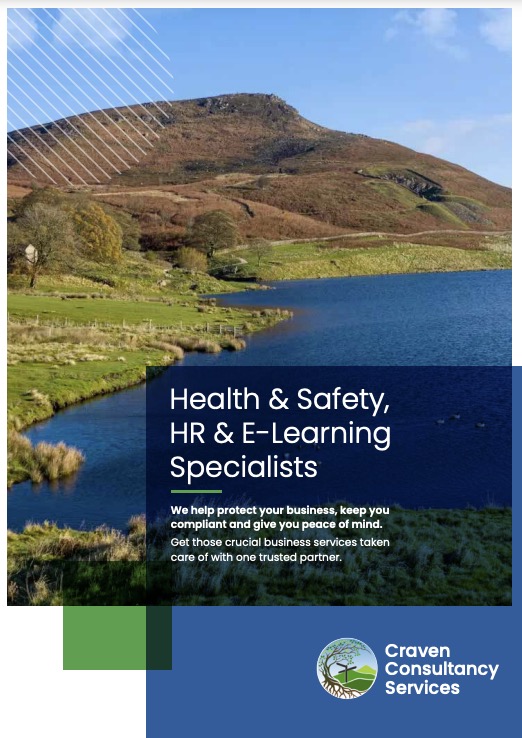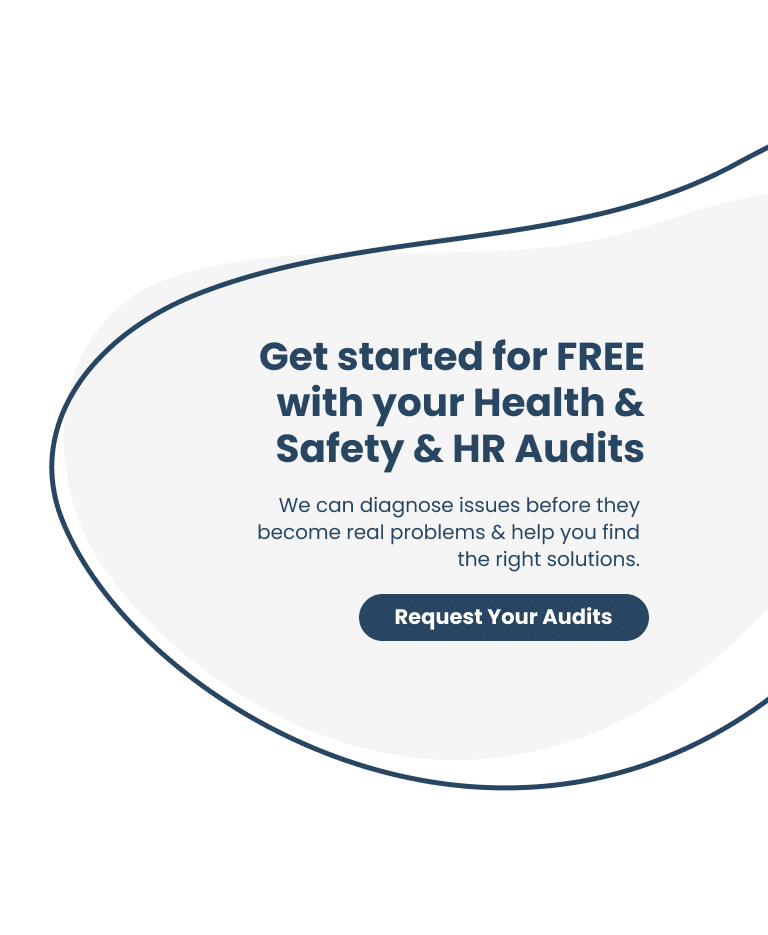31 July 2024 marks the 50th anniversary of the introduction of the Health & Safety at Work Act 1974 (HSWA 1974), which remains the umbrella legislation that underpins all legal health & safety requirements for both employers and employees in the UK.

The History of the Introduction of the Health and Safety at Work Act 1974 (HSWA 1974)
The Health and Safety at Work etc. Act 1974 (HSWA 1974) is a cornerstone of workplace safety legislation in the United Kingdom. Its introduction marked a significant shift in the approach to occupational health and safety, aiming to ensure the welfare of workers across all industries.
Background
Before the HSWA 1974, workplace safety in the UK was governed by a patchwork of laws and regulations, often specific to certain industries or types of hazards. These regulations were not comprehensive, leading to gaps in protection and enforcement. The increase in industrial activities and the associated rise in workplace accidents and health issues highlighted the need for a more robust and unified approach to worker safety.
The Robens Report – Impact and Legacy
Risk-based approach
The Health and Safety at Work Act 1974 was born out of a report published two years earlier by Lord Alfred Robens, which called for a less prescriptive and more risk-based approach to occupational safety and health, where the onus was mainly on the employer to manage the risks associated with the work they were asking people to carry out. The years leading up to the publication of Robens’ report were characterised by several fatal and headline-grabbing workplace tragedies, including the 1966 Aberfan mining disaster which killed 116 children and 28 adults. Public sentiment at the time was that something needed to be done.
The Act can be credited with helping to reduce the number of annual workplace fatalities in the UK from 651 in 1974 to 135 in 2023. The number of non-fatal workplace injuries has also fallen by more then 80 per cent since the Act came about. But there is much still to do.
The Act has significantly reduced workplace injuries and fatalities, fostering a culture of safety and continuous improvement. Despite occasional criticism and claims of overregulation, the HSWA 1974 remains a vital component of the UK’s commitment to protecting workers’ health and safety.
Key Recommendations
The Robens Report proposed several key changes:
- Unified Legislation: A single act to consolidate and simplify existing laws.
- Self-Regulation: Emphasis on employers’ responsibility to ensure safety, with support from government guidelines.
- Worker Involvement: Greater involvement of workers and their representatives in safety management.
- Creation of a Health and Safety Executive (HSE): An independent body to oversee and enforce regulations.
Passage of the Act
The recommendations of the Robens Report were well-received, leading to the drafting of the Health and Safety at Work etc. Bill. The bill was introduced to Parliament in 1973 and, after thorough debate and scrutiny, was enacted as the Health and Safety at Work etc. Act 1974. The Act came into force on October 1, 1974.
To listen to the HSE’s Philip White and Peter Brown talk about the Robens report, go to ioshmagazine.com/2021/11/04/hse-podcast
A lasting impact
Whilst we still hear negativity from some corners regarding health & safety – with many quoting that ‘health & safety has gone mad’ and that we are living in a ‘nanny state’ – there is no doubting the impact that the introduction of the HSWA has had on improving the health, safety and welfare of UK workers.
Changing landscapes
The last 50 years has seen drastic changes to industry in the UK, with the dominance of manufacturing and other ‘heavy’ industries waning in the face of the technological boom. Construction remains buoyant in the UK with around 2.79 million workers, but despite the significant developments in the industry, it still accounted for the most workplace fatalities last year.
New developments in technology are also creating exciting new industries, however the likelihood is that the hazards that present themselves in these new work environments have never been seen before, meaning that those within the health & safety industry must be agile and ready to adapt to these unprecedented threats. Of course, health & safety professionals and business leaders also had to navigate the significant challenges presented by a global pandemic – an event that will stay in the forefront of our minds for many years to come – and the drastic changes in working practices and protocols that needed to be made as a result.
Predictions for 2024
Dee Arp, chief operating officer, NEBOSH
The fact that the Health and Safety at Work Act is still with us and relevant 50 years later is a credit to what an outstanding piece of legislation it is. It came in as an enabling, self-regulating Act and placed a duty on employers to ensure the health and safety of their employees and others who may be affected by their work activities. This remains as relevant as it was 50 years ago, from small organisations up to the huge corporates.
Dee Arp, chief operating officer, NEBOSH: “The penny is dropping that we need to look after the people, and I think the pandemic really enhanced that.”
Great progress has been made, and this is reflected in the accident and incident statistics, but there is still work to do.
Funding concerns
Reduction in funding for HSE is always a concern. The research, guidance and advice produced by the HSE is invaluable – giving all organisations direction and clarity – and it’s a real concern that the cuts could impact this important resource.
That’s what makes the wheels go round – it’s the Health and Safety at Work Act and all the additional regulations, but it’s the guidance and information the HSE gives that makes it easier for organisations to meet the legal requirements and continue to make workplaces safer and healthier.
Looking after the people
The penny is dropping that we need to look after the people, and we think the pandemic really enhanced that. Mental health became easier to talk about, but there’s still so much more to do. What I hear from a lot of organisations is, “we know the figures are staggering and completely unacceptable but give us something tangible to do about it”.
This includes improving understanding that when a person comes to work, they bring their whole self. The Health and Safety at Work Act covers that; when you look at what is needed to reduce people’s stress and enhance their wellbeing, it’s about giving them the things they need for the job we are asking them to do.
It would be the ask of any government that they recognise the importance of people in organisations and understand the benefits of looking after them – and the criticality of legislation and the HSE to do that.
The golden thread to all of this is the people – working together so people are healthy, happy and empowered, so they feel safe and confident enough to speak up when things are not right. This contributes to organisational high resilience, performance and sustainability, and is simply the right thing to do.
One key realisation from the pandemic was the importance of preparing for the unexpected – being proactive rather than reactive when it comes to safeguarding the future of your business. The hazards that we can see are rarely the ones that cause the most damage, it’s the unexpected ones that come completely out of the blue.
Whilst it is of course very difficult to predict with absolute certainty what the future holds for health & safety, below we have compile 5 predictions for key health & safety trends to look out for in 2024 and beyond:
1. Increase in enforcement action for occupational health breaches
Stats from the Health and Safety Executive (HSE) support the notion that employee health has historically taken a backseat role when compared to safety – accidents are on the decline while instances of workplace ill health are becoming more common.
















